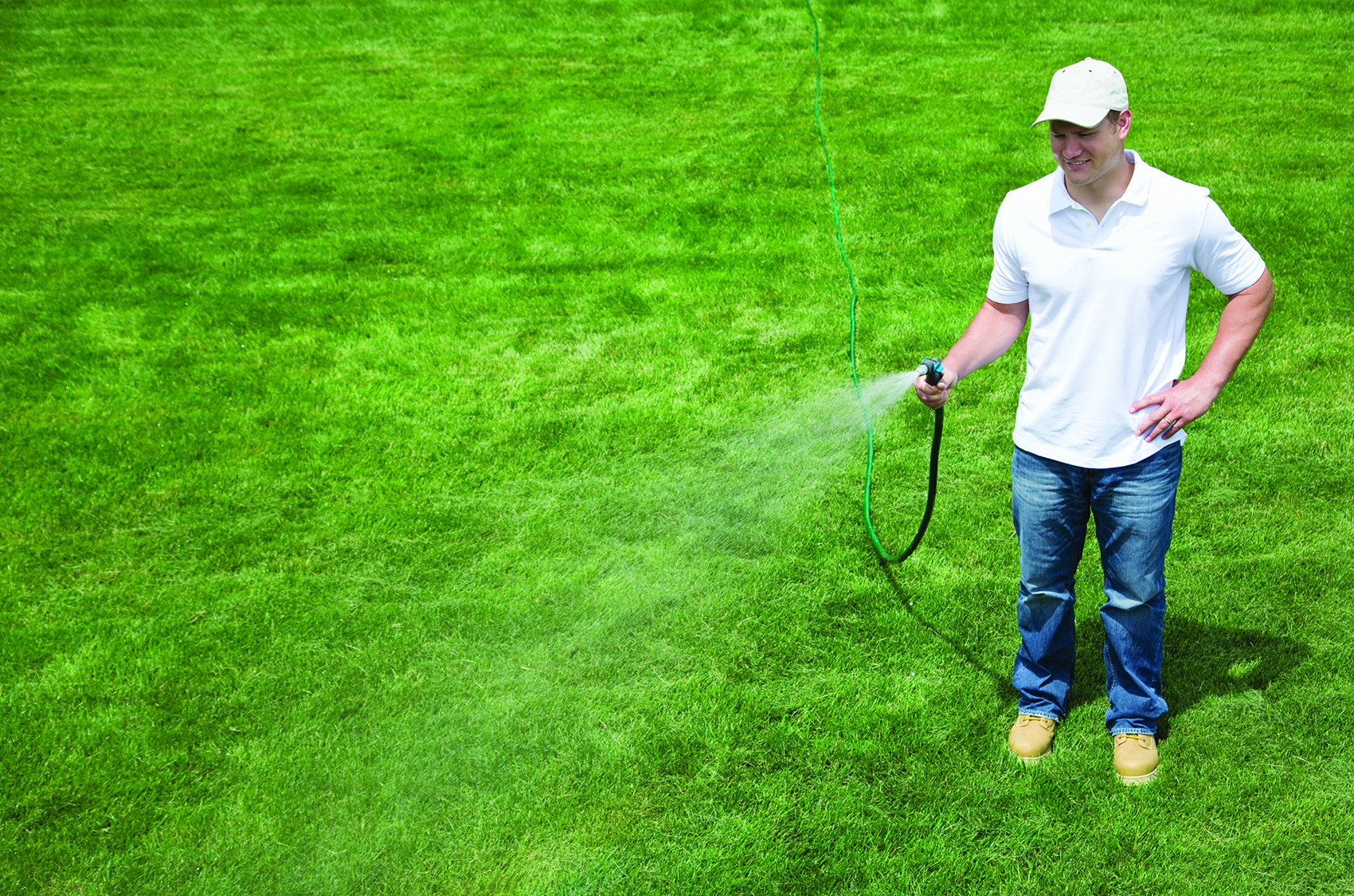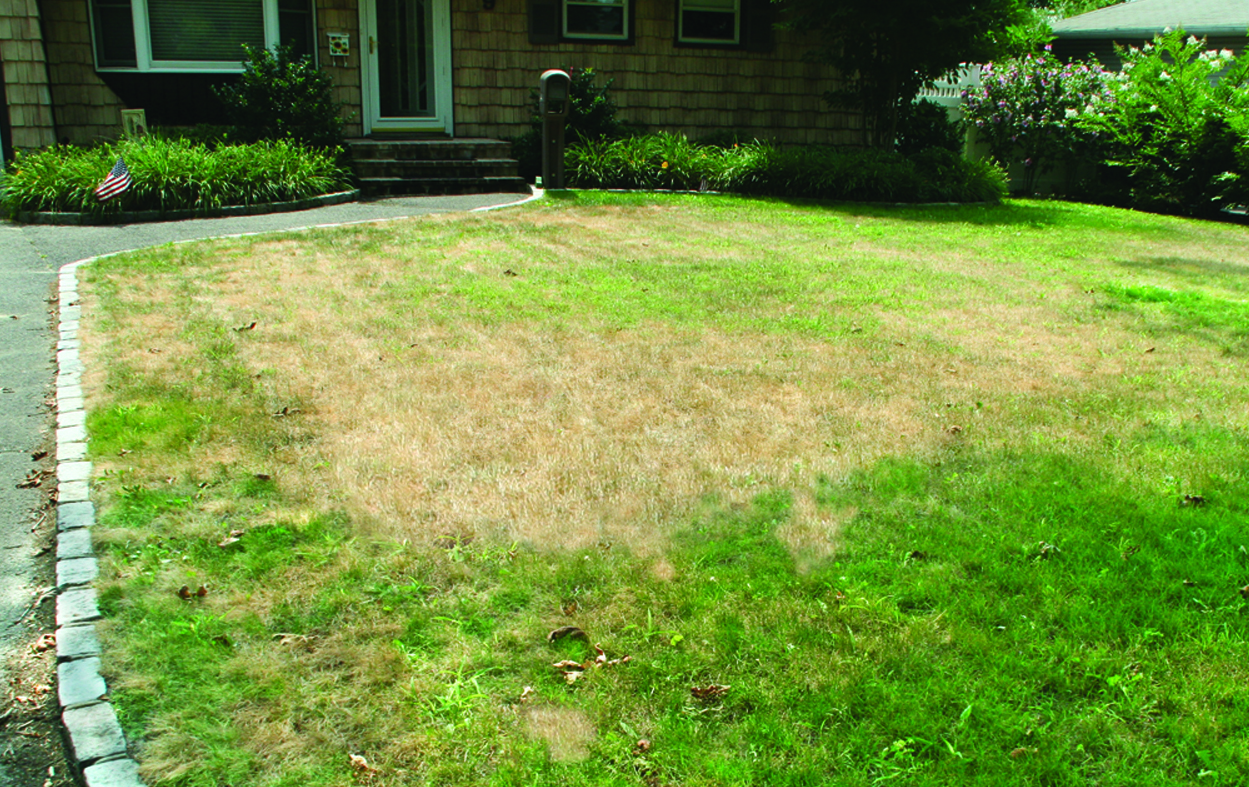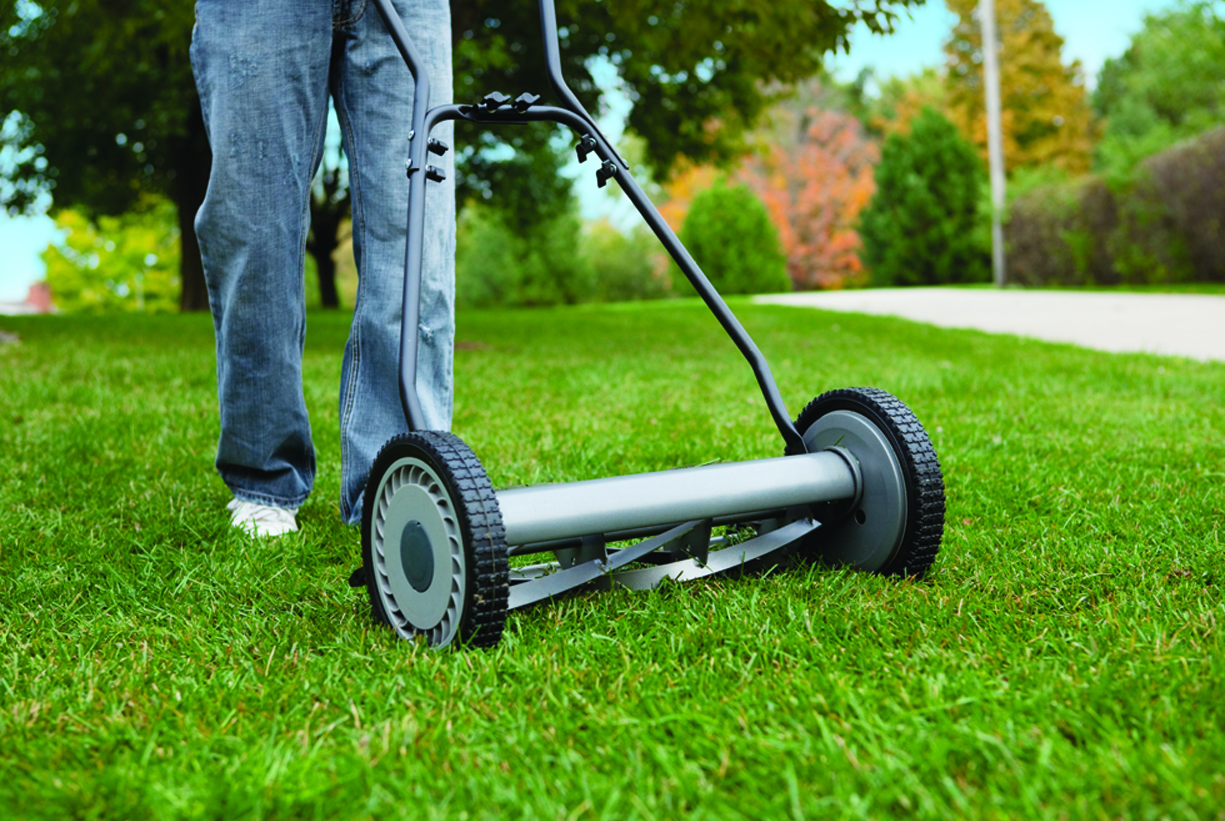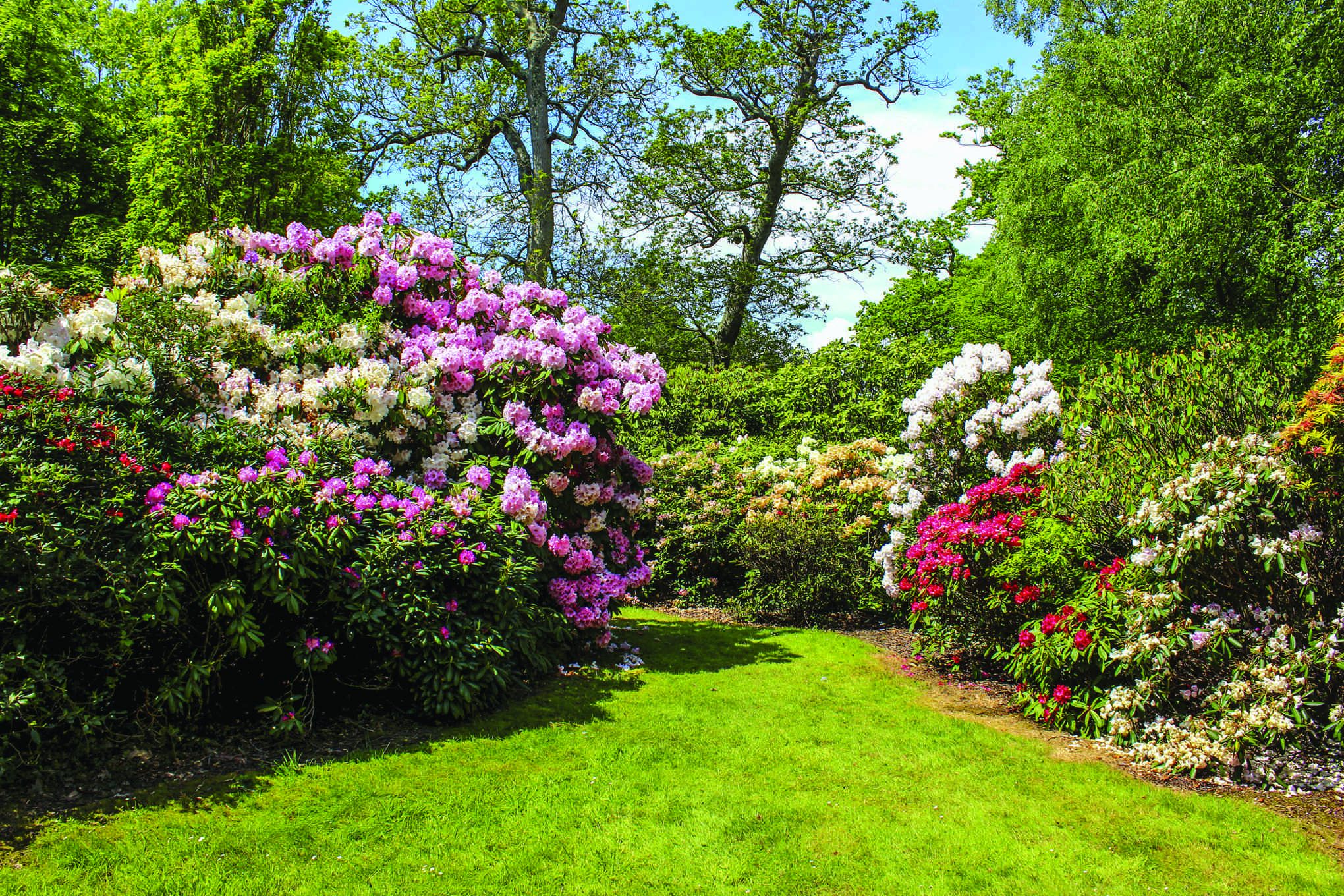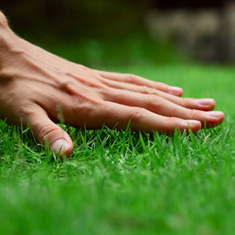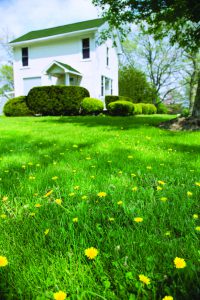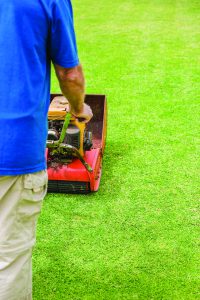 First-time homeowners or those just beginning to embrace their inner landscaper may notice their neighbors using a machine to punch holes in their lawns and wonder what they’re doing. While aeration is slightly more complicated than simply punching holes in a lawn, that’s likely what your neighbors are up to when you see them manning an unfamiliar machine in their lawns.
First-time homeowners or those just beginning to embrace their inner landscaper may notice their neighbors using a machine to punch holes in their lawns and wonder what they’re doing. While aeration is slightly more complicated than simply punching holes in a lawn, that’s likely what your neighbors are up to when you see them manning an unfamiliar machine in their lawns.
Aeration may be a foreign concept to men and women with little lawn care experience, but it’s a relatively simple way to ensure your lawn stays healthy.
What is aeration?
Lawn aeration is the practice of perforating the surface of a lawn in an effort to promote stronger roots and a healthier landscape. A host of factors, from inclement weather to kids using the yard as a playground to the type of grass in a yard, can make it difficult for lawns to thrive. Aerating is a way to counter some of the things that prevent lawns from looking lush.
Why should I aerate?
Aeration is practiced so lawns can grow deeper roots, as poking holes in the surface breaks up compacted soil, thereby allowing air, nutrients and water to reach the root system.
Over time, a lawn that is not aerated is likely to feature compacted soil that won’t absorb water and nutrients, which are essential to maintaining a healthy lawn.
Lawns that are not aerated also tend to build up thatch. Thatch is a matted layer of materials that can build up in a lawn over time. Grass clippings and other debris might not stick to your shoe when you walk through the yard, but they are combining to create thatch just below the surface of the grass. That thatch also makes it difficult for water and nutrients to reach the soil where they can promote strong, healthy root systems. Aeration helps to combat the buildup of thatch and promote a healthy lawn.
Can I do it myself?
Homeowners with little experience caring for their lawns may want to consult professionals before tackling the project themselves. Many professional landscaping services have experience in aerating lawns, which can be labor-intensive. Aerating is not necessarily a difficult task, but some aerators do not cover much soil surface with each pass they make, so it can take a while to complete a full aeration of your lawn. In addition, some homeowners may be uncomfortable operating an aerator, and that can lead to mistakes that can harm a lawn. Homeowners pressed for time or those concerned about their ability to operate an aerator may benefit from hiring professionals and then watching how the pros do it. If you watch carefully, you might be more confident come the next time your lawn needs to be aerated.
How often should I aerate?
Lawns that are not subject to heavy use can go longer between aerations than those with more frequent use. If kids play in the yard every day or if you routinely host parties where guests spend lots of time in the yard, your lawn will benefit from more frequent aeration. Speak to a landscaping professional about how often your property needs to be aerated, as there may be certain region-specific variables that will influence how frequently a lawn should be aerated.
When should I aerate?
Landscaping professionals recommend aerating lawns during the growing season, when holes created by aeration can be filled by growing grass. Homeowners should consult with a landscaping professional about when to aerate their lawns, as the type of grass may also determine the best time to aerate.
Aeration is a great way for homeowners to ensure their lawns stay lush and healthy for years to come.
GT154065

